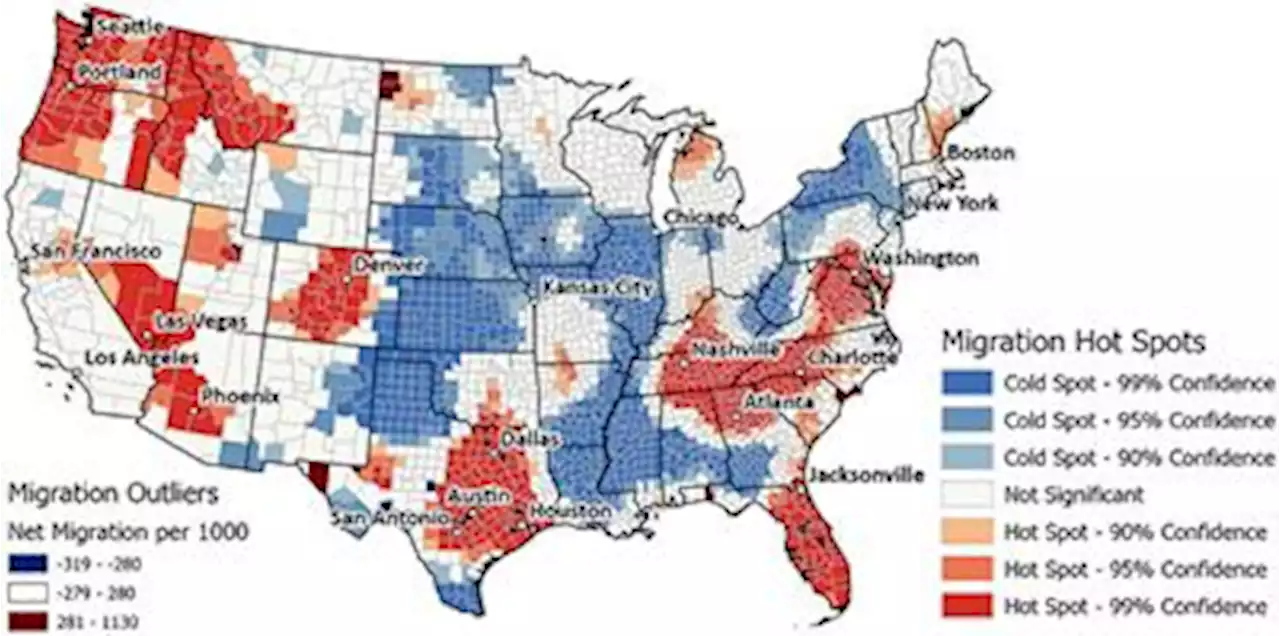Canada's TC Energy Corp shut its Keystone pipeline in the United States after more than 14,000 barrels of crude oil spilled into a creek in Kansas, making it one of the largest crude spills in the United States in nearly a decade.
in the United States after more than 14,000 barrels of crude oil spilled into a creek in Kansas, making it one of the largest crude spills in the United States in nearly a decade.
The 622,000 barrel-per-day pipeline is a critical artery shipping heavy Canadian crude from Alberta to refiners in the U.S. Midwest and the Gulf Coast. It is unclear how long the closure will last. There have been several spills on the line since it began operating in 2010. The following is a timeline of some of Keystone's biggest oil spills, based on data from the U.S. Pipeline and Hazardous Materials Safety Administration.May: TC shut the pipeline for six days after a spill of about 500 barrels of oil due to a failed fitting at a North Dakota pumping station. April: TC shut down the pipeline after about 400 barrels of oil leaked in Hutchinson County, South Dakota.
October: An estimated 9,120 barrels of oil spilled in North Dakota. The spill was one of the biggest onshore crude spills in the last decade and the largest for Keystone, according to PHMSA. (
Australia Latest News, Australia Headlines
Similar News:You can also read news stories similar to this one that we have collected from other news sources.
Smoke from 2020 United States wildfires responsible for substantial solar energy forecast errors - IOPscience
Read more »
 Gold Price Forecast: XAU/USD pares week's loss, consumer-centric data from China, United States eyedGold Price Forecast: XAU/USD pares week's loss, consumer-centric data from China, United States eyed – by anilpanchal7 Gold XAUUSD China Inflation SEO
Gold Price Forecast: XAU/USD pares week's loss, consumer-centric data from China, United States eyedGold Price Forecast: XAU/USD pares week's loss, consumer-centric data from China, United States eyed – by anilpanchal7 Gold XAUUSD China Inflation SEO
Read more »
 Frontiers | Flocking to fire: How climate and natural hazards shape human migration across the United StatesAs global climate change progresses, the United States (US) is expected to experience warmer temperatures as well as more frequent and severe extreme weather events, including heat waves, hurricanes, and wildfires. Each year, these events cost dozens of lives and do billions of dollars’ worth of damage, but there has been limited research on how they influence human decisions about migration. Are people moving towards or away from areas most at risk from these climate threats? Here, we examine recent (2010 to 2020) trends in human migration across the US in relation to features of the natural landscape and climate, as well as frequencies of various natural hazards. Controlling for socioeconomic and environmental factors, we found that people have moved away from areas most affected by heat waves and hurricanes, but towards areas most affected by wildfires. This relationship may suggest that, for many, the dangers of wildfires do not yet outweigh the perceived benefits of life in fire-prone areas. We also found that people have been moving towards metropolitan areas with relatively hot summers, a dangerous public health trend if mean and maximum temperatures continue to rise, as projected in most climate scenarios. These results have implications for policymakers and planners as they prepare strategies to mitigate climate change and natural hazards in areas attracting migrants.
Frontiers | Flocking to fire: How climate and natural hazards shape human migration across the United StatesAs global climate change progresses, the United States (US) is expected to experience warmer temperatures as well as more frequent and severe extreme weather events, including heat waves, hurricanes, and wildfires. Each year, these events cost dozens of lives and do billions of dollars’ worth of damage, but there has been limited research on how they influence human decisions about migration. Are people moving towards or away from areas most at risk from these climate threats? Here, we examine recent (2010 to 2020) trends in human migration across the US in relation to features of the natural landscape and climate, as well as frequencies of various natural hazards. Controlling for socioeconomic and environmental factors, we found that people have moved away from areas most affected by heat waves and hurricanes, but towards areas most affected by wildfires. This relationship may suggest that, for many, the dangers of wildfires do not yet outweigh the perceived benefits of life in fire-prone areas. We also found that people have been moving towards metropolitan areas with relatively hot summers, a dangerous public health trend if mean and maximum temperatures continue to rise, as projected in most climate scenarios. These results have implications for policymakers and planners as they prepare strategies to mitigate climate change and natural hazards in areas attracting migrants.
Read more »
 How a dangerous stew of air pollution is choking the United StatesFires and droughts in the western states are getting worse — and they’re combining with industrial sources to threaten air quality and people’s health.
How a dangerous stew of air pollution is choking the United StatesFires and droughts in the western states are getting worse — and they’re combining with industrial sources to threaten air quality and people’s health.
Read more »
